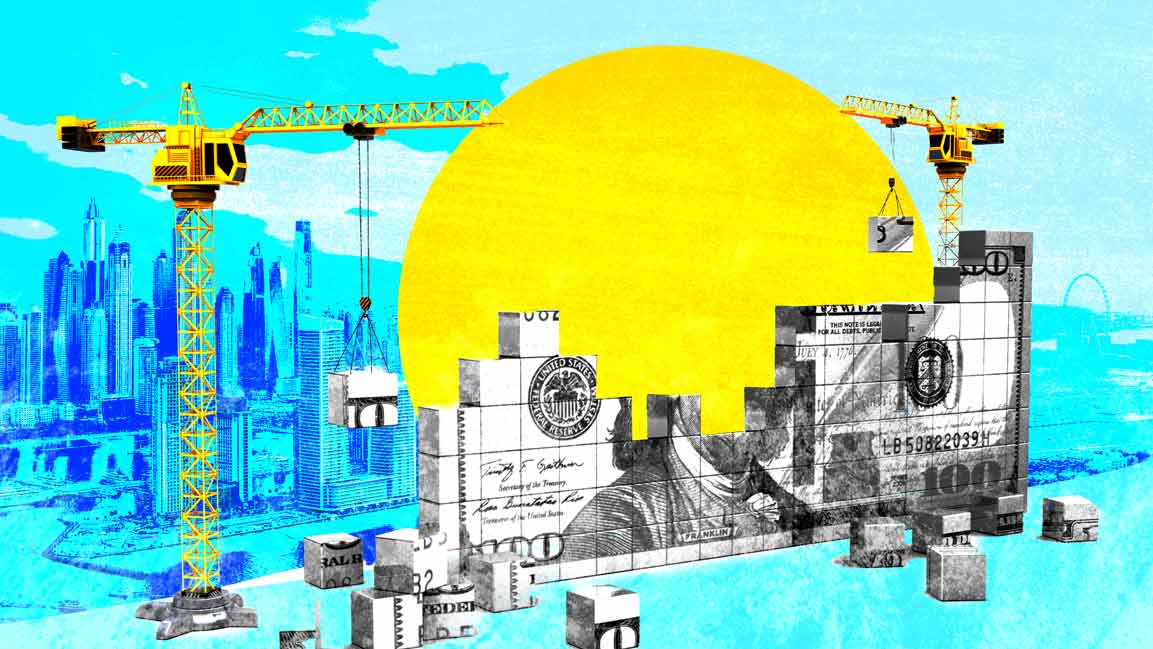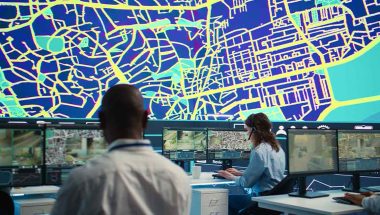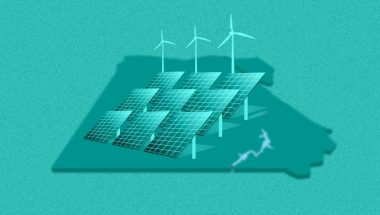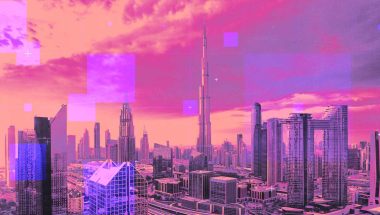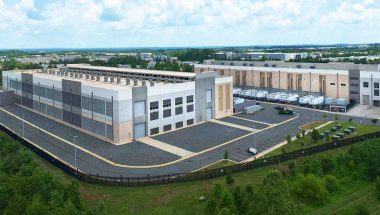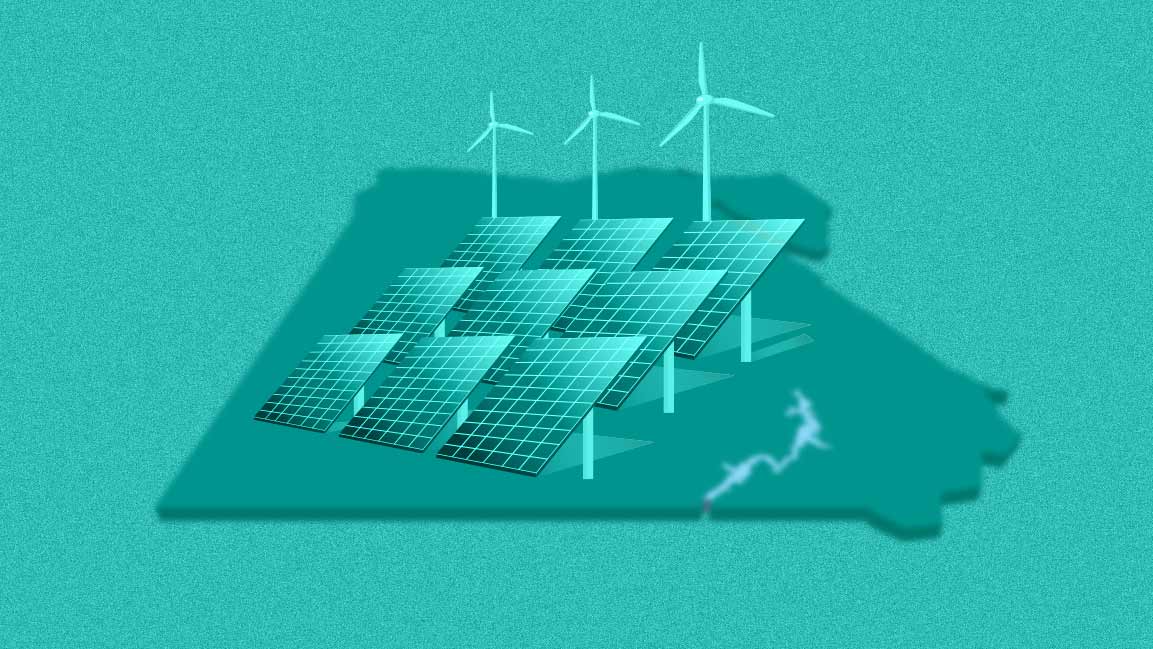- | 9:00 am
Dubai aims to be a 3D-printed city. So how does it benefit the construction industry?
Experts say 3D printing aids design ingenuity, cost-effectiveness and sustainability.
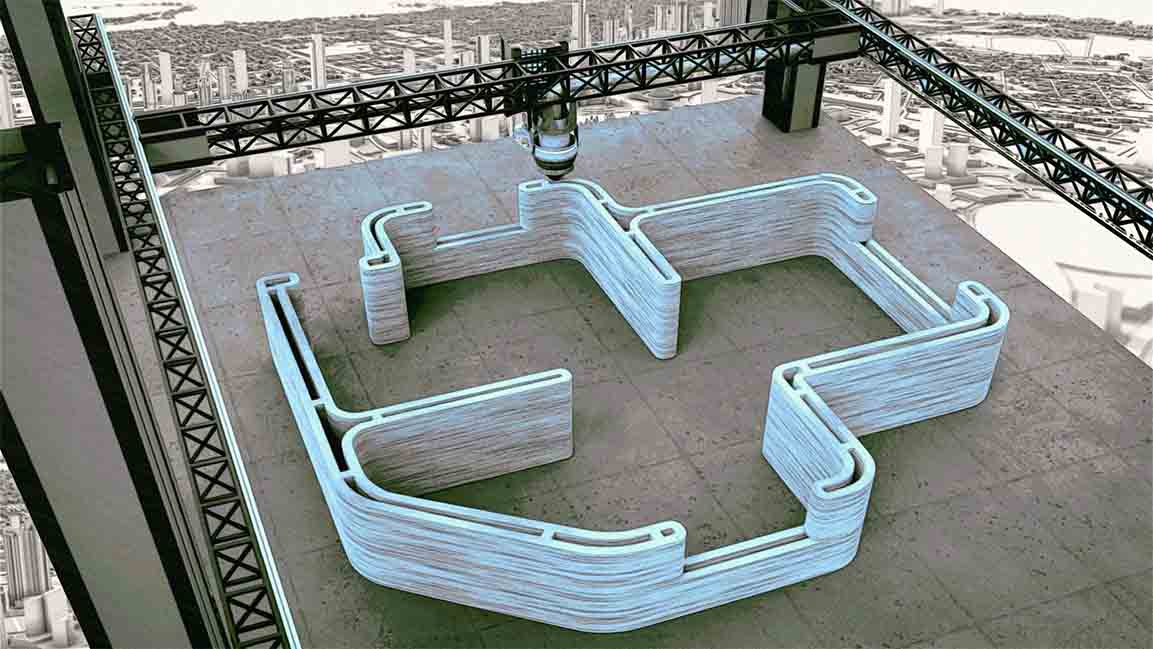
In construction, where steel and concrete ruled supreme, a paradigm shift has emerged: 3D printing. From a humble beginning as a niche technology to a rendering shift in the 21st century, the construction industry is remarkable.
While talk of how this technology could transform the construction industry and how we conceive and build has long circulated, 3D-printed housing in Dubai could soon become mainstream within this decade.
Amongst the shimmering glass towers and gleaming structures, Dubai has set an ambitious goal – to be a global hub for 3D printing. Under the Dubai 3D Printing Strategy, a quarter of Dubai’s buildings will be 3D-printed by 2030. But, shifting from traditional construction methods and regulations won’t be an easy feat.
WHAT’S THE ADVANTAGE?
Alban Mallet, CEO & Founder at XtreeE, believes that 3D printing technology provides design flexibility and creativity, unlike old-fashioned techniques, and significantly improves the efficiency and speed of construction. As projects become fully programmed and digitally prepared, minimizing on-site issues and eradicating human errors encountered in traditional construction methods is also possible.
Moreover, the 3D printing technique facilitates the integration of plumbing, electricity, and connection interfaces directly into the design, minimizing the necessity for additional work.
With 3D printing helping bring more creative architectural designs to life, Mallet adds the technology offers superior productivity rates compared to traditional construction, especially for intricate shapes that demand specific development processes.
Also, this tech allows the construction of curved walls, which can be prohibitively expensive or impractical to build using traditional methods and materials.
Anna Cheniuntai, CEO & Founder at Apis Cor, says, “For 3D-printing construction, there is no difference in printing straight or curved walls. Curved walls can provide better wind and flood resistance than straight structures, enabling us to build beautiful and durable, long-lasting homes.”
The technology has been touted as lower-cost solutions. Cheniuntai shares an example of how 3D printing minimizes the workforce. “For instance, we only need one operator to handle the transportation, setup, and operation of our construction 3D printing suite, comprising Frank, the printer, and Gary, the mixer. Frank and Gary don’t take days off or halt their work; they are available round-the-clock, seven days a week. The builds offer better quality, consistency, and predictability, which helps prevent unforeseen budget overruns arising from redoing the project.”
In conventional construction, approximately 3-4 18-wheeler trucks are typically required to transport all the materials packed on pallets, resulting in substantial carbon emissions (from fuel consumption) and generating waste such as pallets, plastic straps, bags, and material leftovers, which, in turn, necessitate additional trucks for removal.
But primarily, this tech offers tremendous freedom during production, allowing for flexible and creative prints, believes Berry Hendriks, Founder at CyBe. “The technology makes it possible to add functionalities to printing elements. These features could include integrated wall outlets or other utility installations. You could also incorporate more creative features, such as planters, integrated vegetation, or living spaces designated for wildlife. This ecological methodology provides a future-proof, environmentally-friendly solution that is in harmony with nature.”
THE PARADIGM SHIFT
3D printing technology empowers construction projects to achieve faster completion times while reducing the need for extensive physical labor, says Chris Kelsey, Founder of Cazza. This allows the team to concentrate on more significant matters than repetitive tasks that 3D printing robots can handle efficiently.
The company is also working on large-scale 3D printing with drones. Kelsey explains, “We can implement any gravity-feasible design and print it on the construction site. Moreover, 3D printing drones possess exceptional creativity, allowing them to build from ground level to considerable heights without any problems, except wind-related challenges we are actively addressing.”
Hendriks also believes that 3D printing allows for a significant reduction in construction time. “Under good project management, productivity can increase as much as five times compared to traditional construction. This would mean producing five houses within the timeframe typically required to construct merely one in Dubai,” The increased efficiency and speed also affect the producer’s revenue and time-dependent costs.
In another effort to enhance the efficiency and speed of construction projects in Dubai, large-scale additive manufacturing can also be beneficial for the construction sector. Riyad Joucka, Founder at Middle East Architecture Network, says, “By dispersing material exactly where needed, the need for formwork to cast concrete is eliminated. The technology aids in optimizing the use of concrete and other materials used in construction. The benefits of this process can lead to more ecological and sustainable construction, as well as savings on cost. 3D Printing also increases the efficiency of construction, aiding in achieving less human error in the process, hence decreasing the construction time.”
BEYOND CONCRETE AND MORTAR
Moving away from concrete and mortar, 3D-printed buildings are infused with different materials. Mallet says, “Our patented solutions allow our partners to use secondary cementitious materials, high or low-performance concrete, geopolymers, clay, and plaster within the same system.”
“In terms of durability and sustainability, our 3D-printed houses demonstrate an advantage over traditional building materials. They are purposefully designed for longevity, capable of withstanding various environmental conditions. We can minimize waste by optimizing material usage and incorporating sustainable materials.”
At Apis Cor, Cheniuntai explains they use mortars based on Portland cement and gypsum. The company is also transitioning to cement-free materials like geopolymers, a type of concrete without cement, that are fire and water-resistant and have high compressive strength.
COST-EFFECTIVENESS IN CONSTRUCTION
The digitalization of projects drastically cuts costs by streamlining processes and reducing material consumption. “3D printing enables the creation of complex geometries at the exact cost as simpler ones, eliminating the need for additional expenses due to complexity,” says Mallet.
The inherent production speed and quality control lead to faster construction than traditional builds—most 3D-printed homes can be constructed within weeks. He believes 3D printing and digitalization offer traceability, enabling proactive maintenance and repairs, which leads to further cost reductions in the long term.
In a nutshell, implementing 3D printing technology can lead to labor cost reductions of 85% or more and a substantial decrease in material expenses, depending on the success of our innovation efforts, says Kelsey.
Hendriks says that depending on the project and the construction economy in the country, cost reduction fluctuates between 5 and 30 percent compared to conventional building methods. “A part of these savings is due to the reduced timeline.”
3D printing enables the mass customization of homes, accommodating a wide variety of designs tailored to meet the unique needs of residents in large residential villa developments, Joucka. “With the many benefits of 3D printing, including a cleaner construction site, more sustainable material usage, a faster rate of completion and the possibilities of a more contemporary design direction, the technology aligns well with the city’s vision and future.”
But can this tech make housing more accessible and affordable?
For Mallet, 3D printing is not the sole solution for affordable housing. He believes by leveraging 3D printing technology, superior housing options can be created at similar costs, ensuring durability and low CO2 impacts.
But for Cheniuntai, the solution to this problem lies in empowering homebuilders with the right solutions to increase productivity, reduce costs, and build more houses quickly while enhancing quality.
She says, “Once homebuilders can construct more houses quickly, the increased supply will outpace demand, leading to lower costs and more affordable housing options.”












